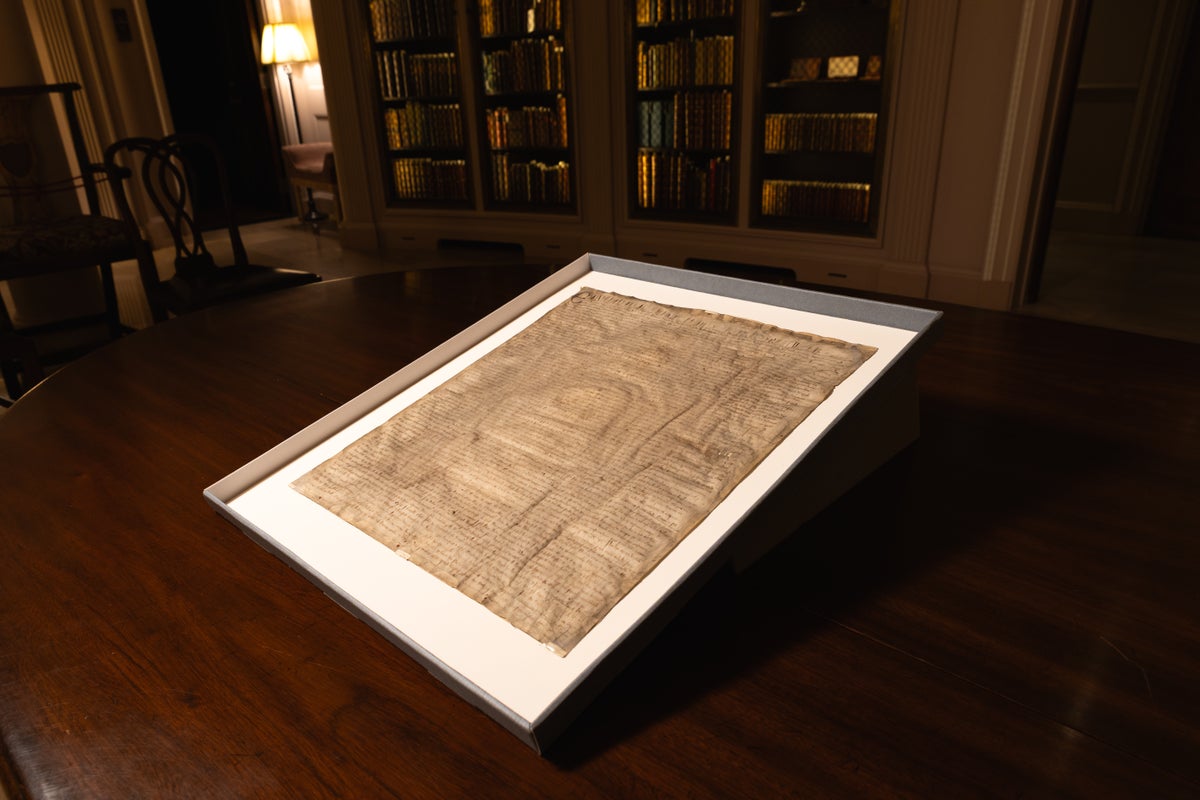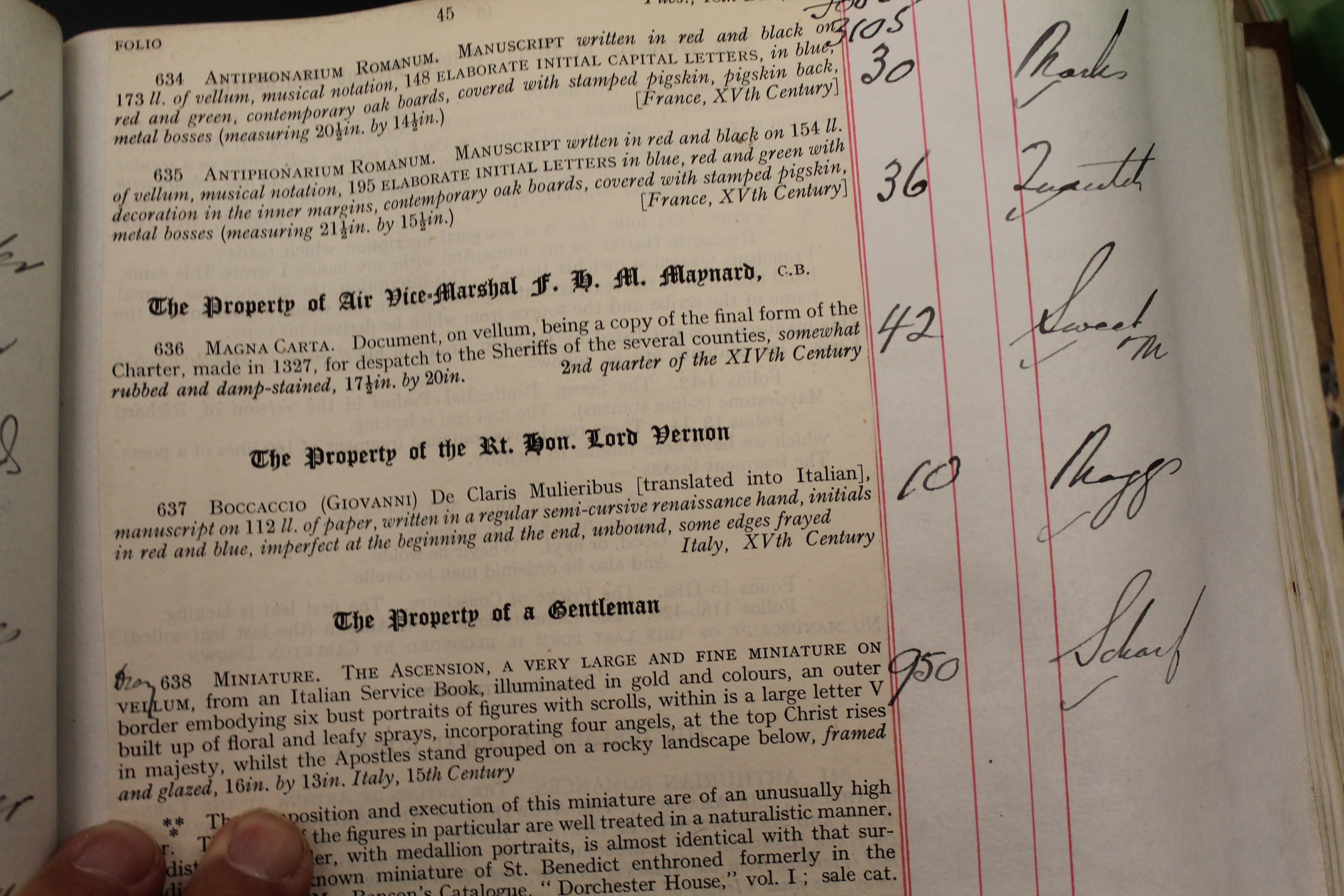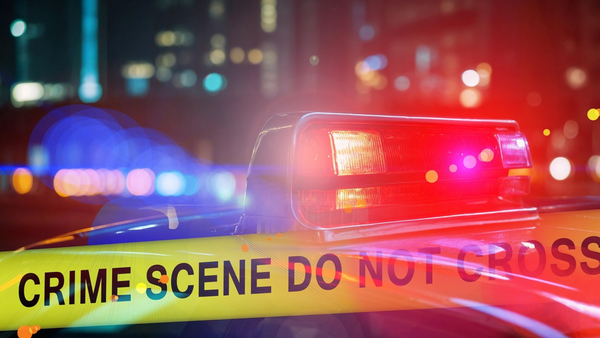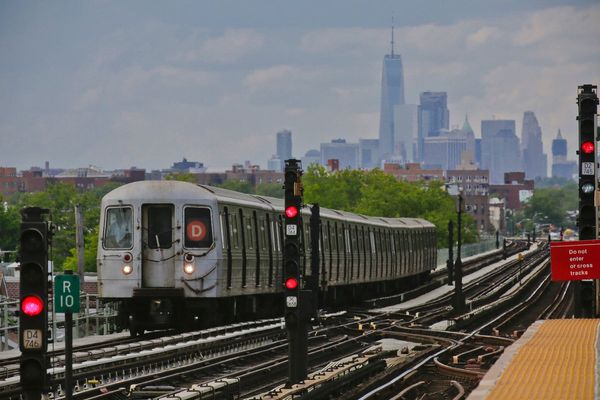
A rare original Magna Carta, misidentified and sold “for a fairly derisory price”, has been uncovered 80 years after it was wrongly catalogued.
The remarkable discovery was made by Professor David Carpenter, a medieval history expert at King’s College London. While researching unofficial Magna Carta copies online, the professor stumbled upon a digitised version of the Harvard document and suspected its authenticity.
Subsequent tests, including meticulous textual comparisons, confirmed the document as an original dating back to 1300, issued under King Edward I.
Professor Carpenter hailed the find as a “fantastic discovery”, emphasising the document’s significance: “Harvard’s Magna Carta deserves celebration, not as some mere copy, stained and faded, but as an original of one of the most significant documents in world constitutional history, a cornerstone of freedoms past, present and yet to be won."

Prof Carpenter teamed up with fellow Magna Carta expert Nicholas Vincent, professor of medieval history at the University of East Anglia, to investigate the provenance of the document.
Prof Vincent said Harvard’s Magna Carta is the 25th known surviving Magna Carta original.
“The comparison I would draw is the rarest painter known to everybody is [Johannes] Vermeer,” said Prof Vincent.
“There are I think – it’s disputed – there are over 30 Vermeer paintings in existence and yet he is seen as the rarest painter in history.
“There are only now 25 of these Magna Carta originals.
“It is an extraordinary thing for anyone to possess.”
The Magna Carta is the royal charter of rights agreed in 1215 under King John.
It was the first document to confirm the rights of ordinary people under common law.
The first issue was repudiated by King John after around six weeks, and after his death it was reissued in three versions by his son Henry III, with the last of them in 1225, Prof Vincent said.
“That became the definitive text of Magna Carta,” he said.
“Then afterwards, whenever in the 13th century there was a dispute between the king and the nation, kings reissued Magna Carta on at least three occasions after 1225.
“And this one [Harvard’s Magna Carta], the 1300 issue, is the last time it was issued as a single sheet document under the king’s seal as an official endorsement of the settlement of Magna Carta.”
He said that, including Harvard’s, there are seven known surviving originals of the 1300 version.
“Every county of England would originally have had a Magna Carta of each of those issues,” Prof Vincent said.
The Harvard Magna Carta is thought to have been issued to the former parliamentary borough of Appleby in Westmorland, England.
The Harvard Law School Library bought it in 1946 for $27.50 – about £20, and equivalent to about £700 today – according to the library’s accession register.

Harvard Law School bought it from London book dealers Sweet & Maxwell.
The book dealers had bought it at a Sotheby’s auction in London a month or so earlier from First World War flying ace Air Vice-Marshal Forster “Sammy” Maynard for £42.
The Sotheby’s auction catalogue described the manuscript as a “copy … made in 1327 … somewhat rubbed and damp-stained”.
Maynard had inherited it in the archives from leading abolitionists in the anti-slavery campaign, Thomas and John Clarkson.
Asked how it may have been mistaken for a copy, Prof Vincent said: “I think everyone was knackered at the end of the Second World War.
“I think whoever read it at Sotheby’s and looked at it, I suspect what they thought was ‘Oh it can’t be an original Magna Carta because we’d know about it’.
“They misread the date, they got the wrong king.
“They catalogued it as if it was a charter of Edward III.
“But in fact it’s Edward I.
“For an amateur that’s a fairly easy mistake to make.
“But, as a result, the fact that it was an original was completely ignored and it went for a fairly derisory price.”
He said he hoped Harvard would “put it on display” and “make a great deal of it”.
Amanda Watson, of Harvard Law School, congratulated the two professors on the “fantastic discovery” and said: “This work exemplifies what happens when magnificent collections, like Harvard Law Library’s, are opened to brilliant scholars.”
Harvard thought it had a cheap copy of the Magna Carta. It turned out be extremely rare
Magna Carta ‘copy’ wrongly catalogued in 1940s found to be original
My mother and father were Cold War spies – now I hold the family secrets
Economic jitters and soaring gold prices create a frenzy for US jewelry merchants
‘Staggering’ number of DWP overpayments slammed by minister
Trans people fearing arrest after Supreme Court ruling, say campaigners







